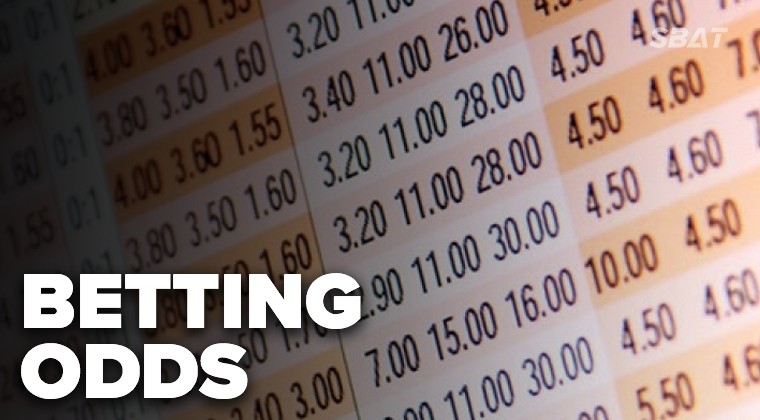Betting odds represent the likelihood of a particular event or outcome occurring in a sports or betting event. Odds are typically expressed in three formats: fractional odds, decimal odds, and moneyline odds. Here’s a brief explanation of each and how to interpret them:
Fractional Odds:
Fractional odds are presented as a fraction, such as 5/1 or 2/3.
The first number (numerator) represents the potential profit, while the second number (denominator) represents the stake (amount bet).
For example, if you bet $100 on 5/1 odds, you would profit $500 (5 times your stake) plus your original $100 stake if the bet wins.
Decimal Odds:
Decimal odds are presented as a decimal number, such as 6.00 or 1.50.
The decimal odds already include your stake. To calculate your potential profit, multiply your stake by the decimal odds.
For example, if you bet $100 on 6.00 odds, your potential profit would be $500 ($100 x 6.00), including your original stake.
Moneyline Odds:
Moneyline odds are presented as either a positive or negative number, such as +400 or -200.
Positive moneyline odds (e.g., +400) indicate potential profit on a $100 stake. For +400 odds, you would profit $400 on a $100 bet if it wins.
Negative moneyline odds (e.g., -200) indicate the amount you need to bet to profit $100. For -200 odds, you would need to bet $200 to profit $100 if it wins.
Betting odds also represent the implied probability of an outcome. To calculate the implied probability, you can use the following formulas:
For Fractional Odds:
Implied Probability (%) = (denominator) / (denominator + numerator)
For Decimal Odds:
Implied Probability (%) = 100 / (decimal odds)
For Positive Moneyline Odds: Implied Probability (%) = 100 / (moneyline odds + 100)
For Negative Moneyline Odds:
Implied Probability (%) = (absolute value of moneyline odds) / (absolute value of moneyline odds + 100)
It’s important to understand that odds provided by bookmakers are not purely reflective of the actual likelihood of an event occurring. Bookmakers set odds to ensure they make a profit regardless of the outcome, so there is often a margin (overround) included in the odds.
Different bookmakers may offer slightly different odds for the same event, so it’s advisable to shop around for the best odds to maximize potential profits. Additionally, understanding how to interpret and convert odds is crucial for successful sports betting.


Leave a Reply